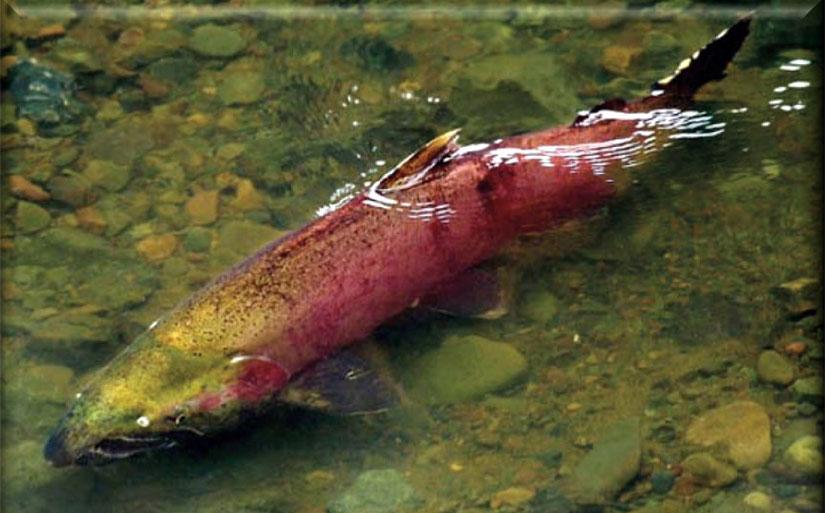The Lower Russian River Municipal Advisory Council will take up the region’s new biological opinion at its meeting tonight at 5 p.m., a pivotal document that will shape water supply, flood control and fish habitat in the watershed for the next decade.
NOAA Fisheries issued the 2025 Russian River biological opinion in April, replacing a 2008 version that had found water operations endangered native salmon. The new plan represents a shift: instead of a “jeopardy” finding, the agency determined current and modified operations will not threaten the survival of coho, Chinook and steelhead salmon, or harm their habitat.
The updated opinion still comes with extensive requirements for Sonoma Water and the U.S. Army Corps of Engineers, including reduced summer flows, new monitoring programs and expanded habitat restoration.
Lower summer flows, more habitat
One of the most significant changes lowers required summer flows in the river, aiming to create slower, cooler water that better supports juvenile salmon. Minimum flows in the upper river will drop from 185 cubic feet per second to 125, while flows in the lower river will fall from 125 to 70.
Biologists say high flows during summer historically depleted cold-water storage and produced currents too strong for young fish. The new approach is designed to improve survival rates and conserve reservoir storage during droughts.
New rules for water year types
The opinion also updates how managers classify wet, normal or dry years. Instead of relying on inflows from the Eel River, the new system is tied to storage levels in Lake Mendocino, reflecting the reduced diversions from the Eel and making Russian River management more self-reliant.
Habitat projects continue
The opinion reaffirms major restoration work along Dry Creek, a key tributary downstream of Lake Sonoma. About three miles of habitat have already been enhanced; another three will be completed under the new mandate. Projects include side channels, pools and woody structures to provide shelter for young fish while maintaining water deliveries.
Lagoon management at the river’s mouth in Jenner also continues. Each summer, a sandbar closes the estuary, forming a lagoon. Sonoma Water is required to balance flood protection with maintaining productive habitat for steelhead rearing.
Adaptive management and monitoring
The 2025 opinion emphasizes adaptive management through new inter-agency working groups. These teams will guide reservoir releases, habitat projects and estuary operations, using real-time data to adjust as conditions change. The plan also requires expanded fish monitoring and studies on turbidity, survival rates and potential new habitat projects.
Public process
Sonoma Water has been presenting the opinion to contractors, community groups and advisory councils since spring. Tonight’s Lower Russian River MAC meeting is one of several outreach efforts meant to explain the plan and gather input.
The opinion runs through 2035, but officials say its long-term impact could extend further if the state updates water rights rules to match the new flow standards. By then, the goal is to see both more secure water supplies and healthier salmon runs.




